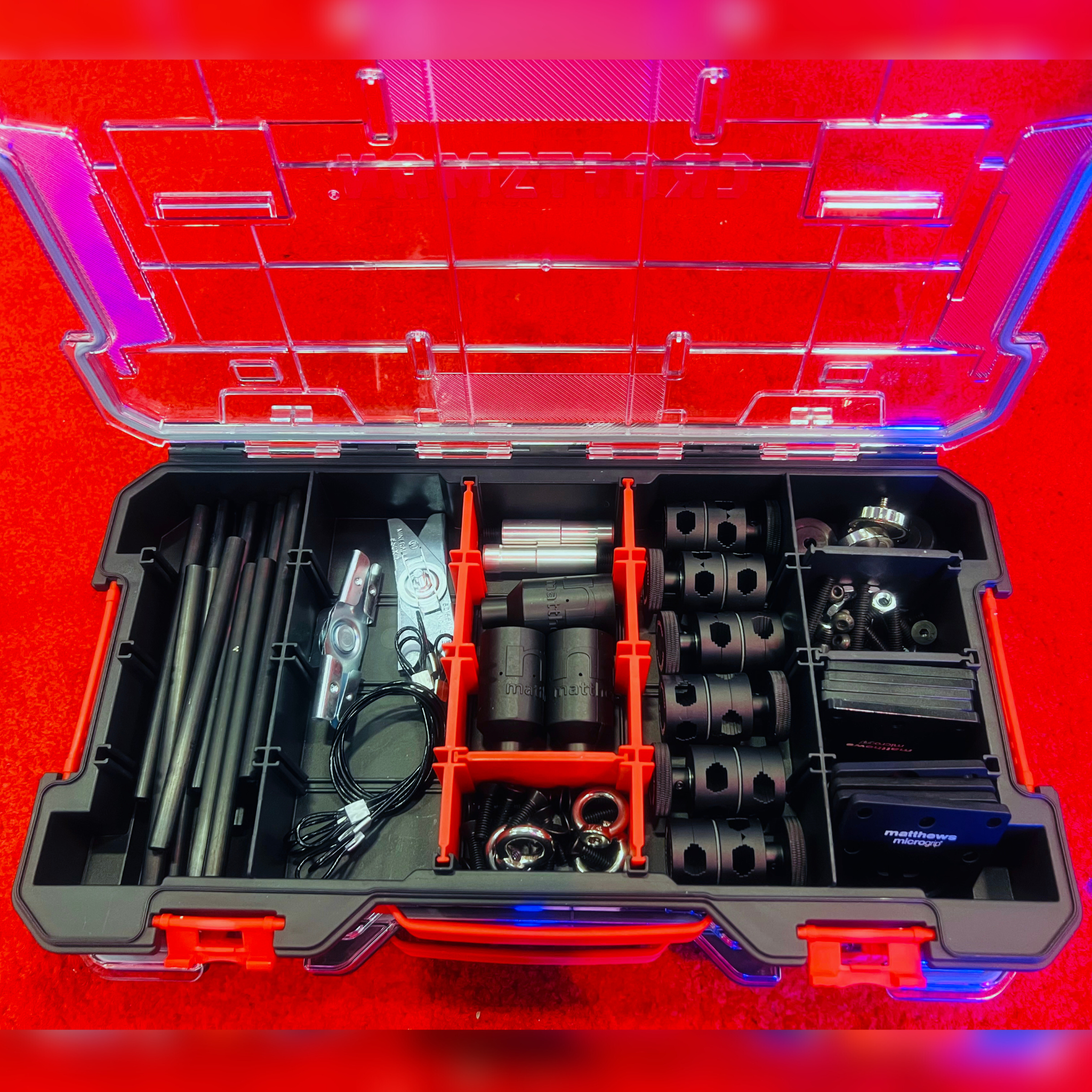The New World of Broadcasting
ALEXANDRIA, VA.—What is “broadcasting”? There was a time, decades ago, when broadcasting was simple: You got a license from the government, built a transmission facility and flung as much power into the ether as you were allowed.
Then came cable TV systems, which had a pipeline into homes that could carry programming that was never actually flung into the ether—most in this industry now consider that as much broadcasting as any call-letter TV station.
Cable networks were similar enough to television stations that broadcast networks acquired cable networks and successfully incorporated them into the overall business. One shining example of this was ABC’s acquisition of ESPN, and both willingly refer to the other’s content.
Now we have over-the-top entities such as YouTube, Vevo, Netflix, Amazon Prime and others that compete for the same eyeballs as TV stations and cable networks. These are starting to be referred to as “broadcasters,” but are they really broadcasting?
There’s no question that many of these newcomers provide at least some of the functions that old-line broadcasters do. For example, YouTube, Netflix and Amazon all produce their own programming, some of which is well-regarded throughout the industry. Even the programs that aren’t winning awards resemble traditional network fare close enough as to be indistinguishable from what you might watch on ABC, Fox, CBS or NBC.
However, is the creation of broadcast-quality content what makes an organization a “broadcaster”? I don’t think so. There are plenty of independent, government- and company-owned studios that can produce lovely quality video, but would never consider themselves broadcasters.
To broadcast, you need to have a path to deliver television content to viewers. If you don’t own the path (as call-letter stations and cable networks do), then you must at least have some control over it—enough control so that you can reliably provide programming as promised.
This is an entirely different beast from traditional broadcasting however, even if the same viewers who watch traditional broadcasting willingly embrace this “over-the-top” variety. This new form of broadcasting does something that the traditional model can’t do: With OTT, people can watch the content they want, when they want. That is a powerful advance in content delivery, and it’s here to stay.
Still, there will always be programming that only traditional broadcasters can deliver with an immediacy that even OTT can’t deliver. The Super Bowl, the president accepting the results of an election, a terrible weather disaster—these are things that will cause viewers to tune into a live broadcast from a call-letter TV station or established cable network, even if it is the live stream from that program provider. Amazon Prime is not going to carry the Super Bowl live… at least not anytime soon.
So, is OTT and web streaming broadcasting? I think so. YouTube even has its own studios, using the same sort of equipment that you’d see in any TV station or network facility.
All that said, the articles in the June issue of Broadcast Engineering Extra celebrate the science of traditional broadcasting. As new paths open to viewers, it’s a good idea to make sure your current house is in order before seeking alternate ways to reach an audience.
Get the TV Tech Newsletter
The professional video industry's #1 source for news, trends and product and tech information. Sign up below.
Bob Kovacs is the former Technology Editor for TV Tech and editor of Government Video. He is a long-time video engineer and writer, who now works as a video producer for a government agency. In 2020, Kovacs won several awards as the editor and co-producer of the short film "Rendezvous."

